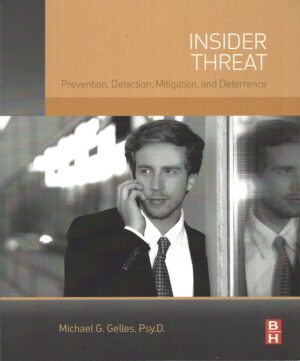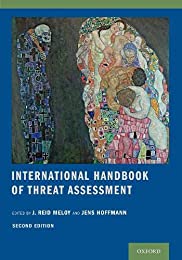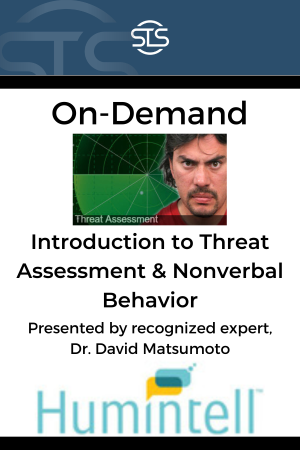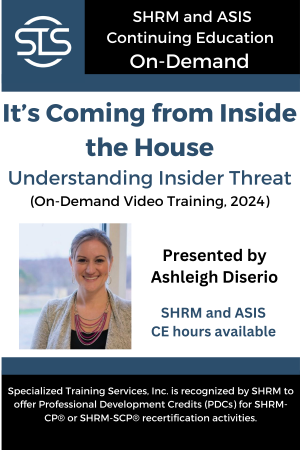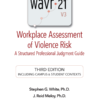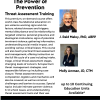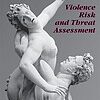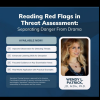Forensic & Tactical Linguistics Module 2: Tactical Linguistics (6 Continuing Education Hours/Units)
$299.99On-Demand Video Training
Presented by Julia Kupper
This interactive workshop introduces the fields of Forensic and Tactical Linguistics. Participants have the opportunity to learn about diverse methodologies and apply their knowledge to a variety of language evidence. This includes written and spoken corroborations from international cases and interdisciplinary research in the form of targeted violence manifestos and live-streams, threatening letters, ransom demands, bomb threats, suicide notes, text messages and confessions.
This second module of two, Tactical Linguistics, focuses on linguistic threat analyses and illustrates several techniques that can assist in examining concerning communications. This entails detailed discussions and exercises on leakage, imminent threats and targeted violence communications. The final segment presents findings of a pilot study that analyzed the online and offline behaviors of three lone-actor terrorists prior to their attacks, including their language evidence.
This has been approved for 6 APA, SHRM, or ASIS Continuing Education hours/credits.


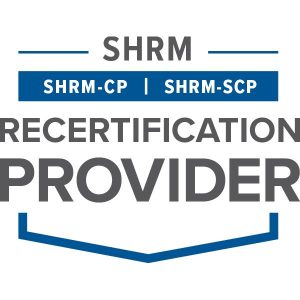
Specialized Training Services is approved by the American Psychological Association to sponsor continuing education for psychologists. Specialized Training Services maintains responsibility for this program and its content. AI was not used in the development of this program or any of its content.
Specialized Training Services, Inc. is recognized by SHRM to offer Professional Development Credits (PDCs) for SHRM-CP® or SHRM-SCP® recertification activities.








